Circular architecture has fascinated builders since ancient times. This collection brings together Roman amphitheatres like the Colosseum, medieval towers such as the Round Tower in Copenhagen, baroque domed structures and modern constructions. The circular form offers practical advantages for acoustic properties, structural stability and optimal space usage. The selected buildings serve various functions: religious temples, fortifications, observatories, museums and event venues. Each example demonstrates how architects have adapted the circular form to local conditions and cultural requirements. From ancient stone structures to contemporary skyscrapers, this selection documents technical evolution across centuries.
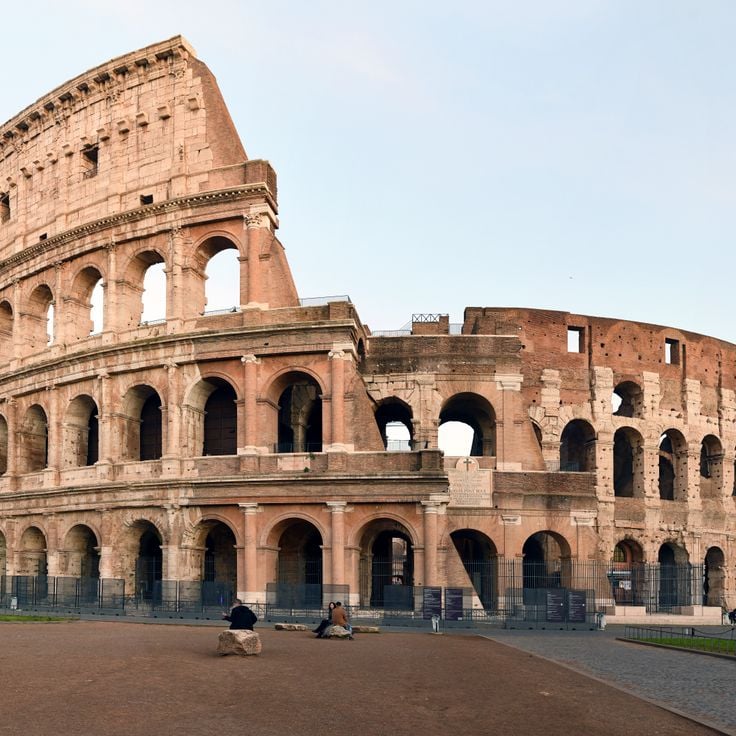
Rome, Italy
The Colosseum was begun under Emperor Vespasian and inaugurated by his son Titus in 80 AD. This elliptical amphitheatre measures 189 metres in length and 156 metres in width, with an outer wall standing 48 metres high. The arena featured a complex system of underground passages where gladiators and wild animals were kept before combat. The four levels could accommodate approximately 50,000 spectators, distributed according to social rank.
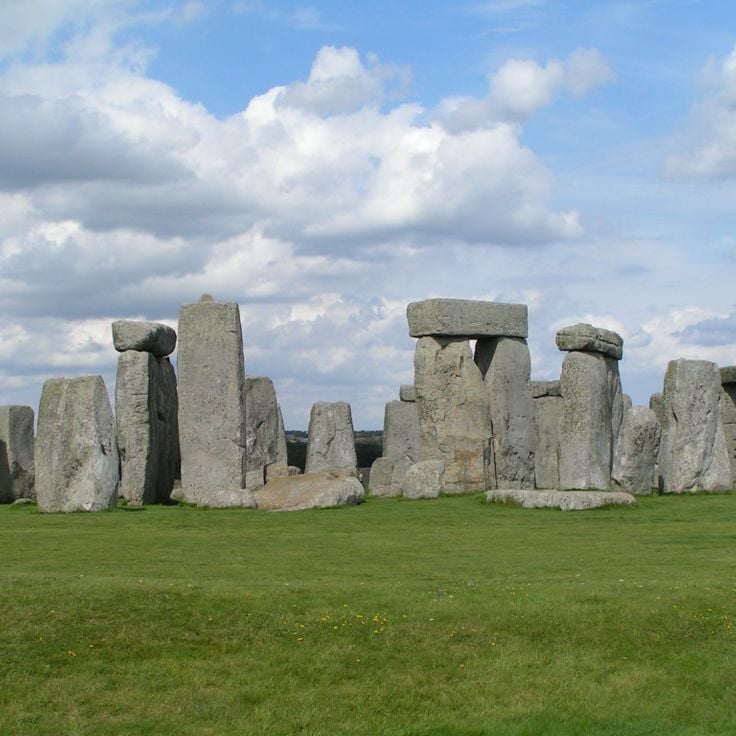
Wiltshire, England
Stonehenge is a prehistoric monument from the third millennium BC, consisting of a circular arrangement of standing stones. The massive sarsen stones weigh up to 30 tons and were transported over great distances. This Neolithic complex was constructed in several building phases and likely served ritual and astronomical purposes. The site demonstrates the remarkable technical capabilities of prehistoric communities in southern England.
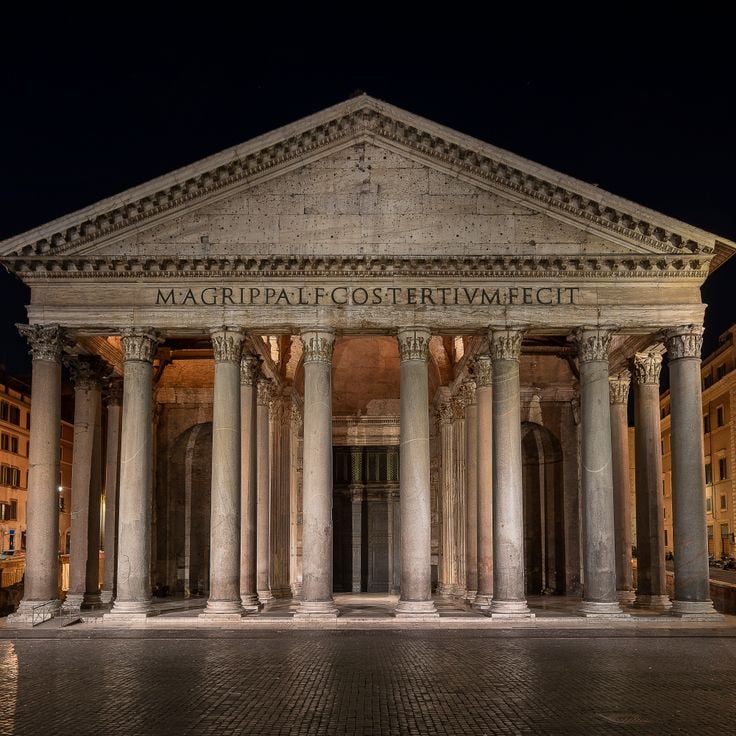
Rome, Italy
The Pantheon was constructed between 118 and 128 AD under Emperor Hadrian and originally served as a temple dedicated to all Roman gods. This structure features a monumental dome measuring 43.3 meters in diameter, making it the largest unreinforced concrete dome in the world. The central oculus at the apex of the dome provides the only source of natural light and measures 9 meters across. The architectural design incorporates coffered recesses that reduce the weight of the dome and ensure its structural stability. Since the 7th century, the Pantheon has functioned as a Christian church.
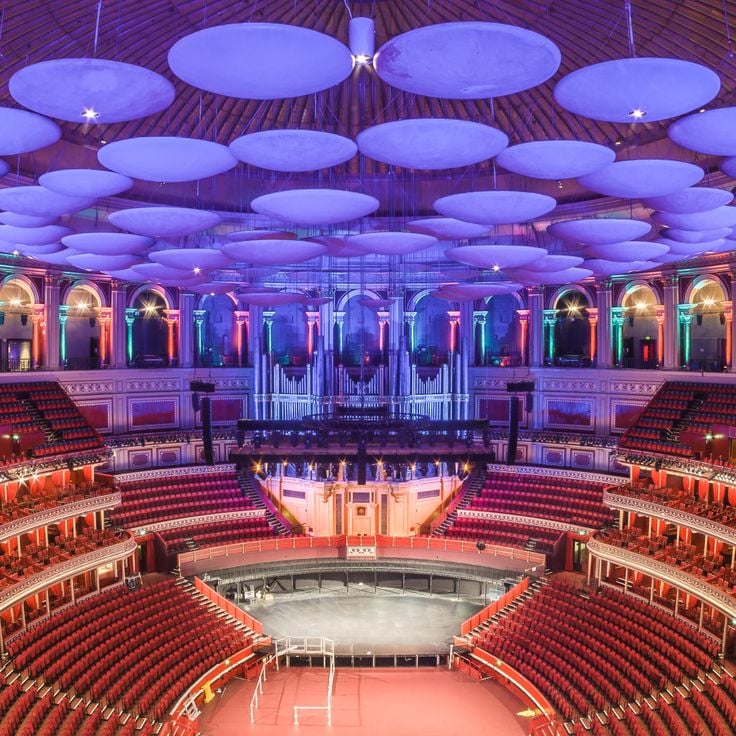
London, England
The Royal Albert Hall opened in 1871 as a tribute to Prince Albert and functions as a circular concert venue. This building accommodates 5,272 seats and hosts over 390 events annually, including classical concerts, rock performances, ballet productions, and film screenings. The elliptical glass and steel dome spans the main auditorium without supporting columns. The red brick facade displays a terracotta frieze depicting the arts and sciences.
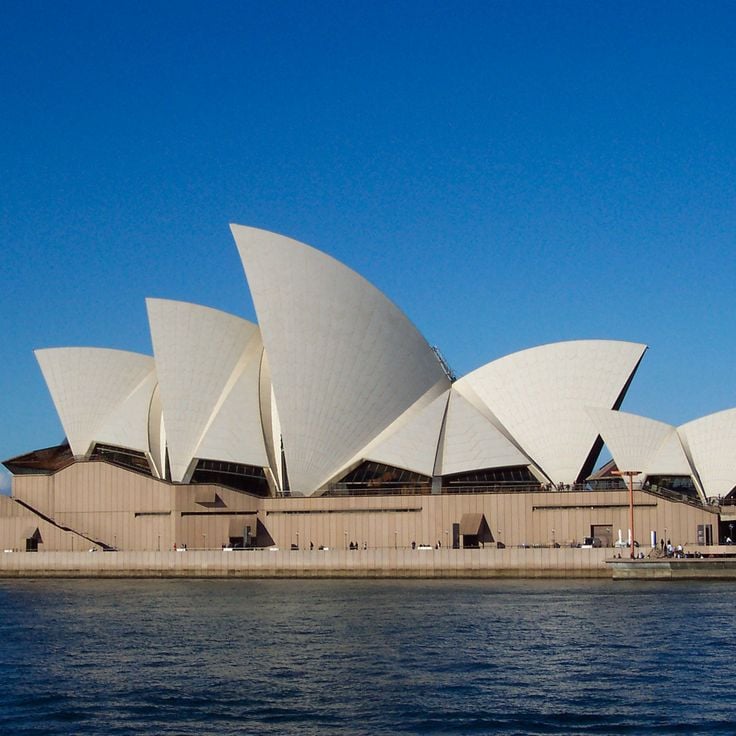
Sydney, Australia
The Sydney Opera House was built between 1959 and 1973 following designs by Danish architect Jørn Utzon. The distinctive white shell-shaped roof segments are covered with over one million glazed ceramic tiles and rise above the waters of Bennelong Point. The building houses multiple performance venues, including the 2,679-seat Concert Hall and the Joan Sutherland Theatre. The structure rests on 580 piers sunk up to 25 meters below sea level. The Opera House contains approximately 1,000 rooms and covers an area of 4.4 hectares.

Bilbao, Spain
The Guggenheim Museum Bilbao opened in 1997 following designs by architect Frank Gehry. The organic forms of titanium, glass, and limestone extend along the Nervión River. The museum presents rotating exhibitions of modern and contemporary art, along with site-specific installations across its 19 galleries. The collection includes works by 20th and 21st-century artists from various international movements.
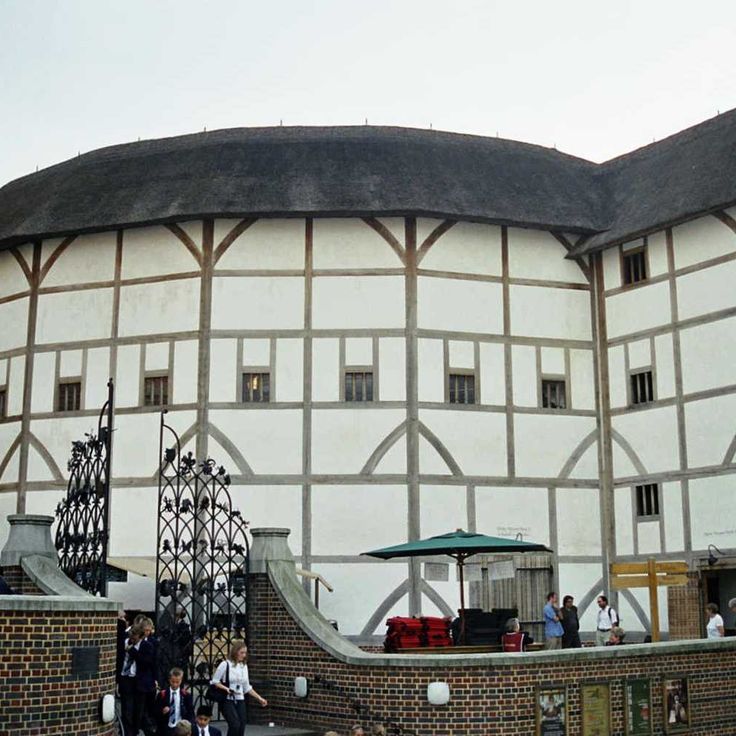
London, England
The Globe Theatre is a reconstruction of the Elizabethan playhouse where William Shakespeare staged his works. Opened in 1997 on the South Bank of the Thames, the building was constructed following historical plans and documents. The circular timber structure features an open courtyard, three tiers of seating, and a stage that projects into the yard. The theatre presents Shakespeare's plays and works by his contemporaries from May to October. Audiences experience performances under the same conditions as in the 16th century, including natural lighting and partly standing room.
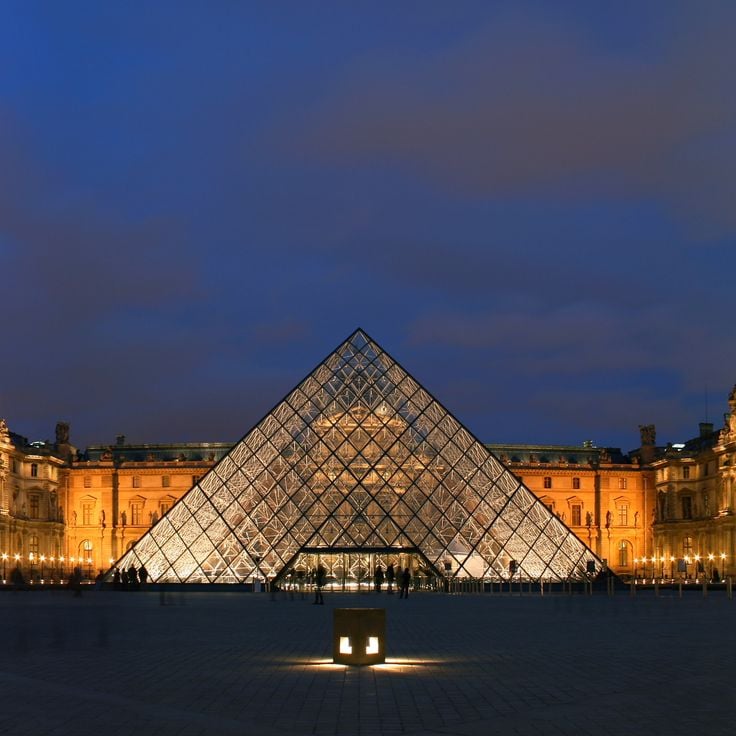
Paris, France
The Louvre is a former royal palace dating from the 12th century that now houses the world's largest art museum. The collections comprise approximately 380,000 objects, including Egyptian antiquities, Greek and Roman sculptures, and European paintings from the Middle Ages to 1848. Among the most recognized works are Leonardo da Vinci's Mona Lisa, the Venus de Milo, and the Winged Victory of Samothrace. The palace itself combines medieval fortress architecture with Renaissance and neoclassical extensions.
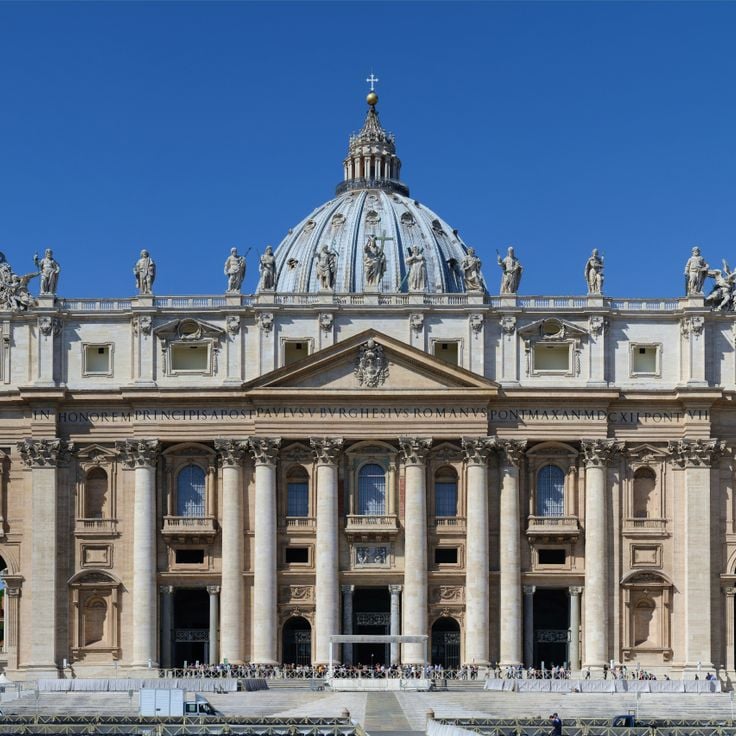
Vatican City
Saint Peter's Basilica rises above the tomb of the Apostle Peter and was constructed between 1506 and 1626 following designs by Bramante, Michelangelo, and other architects. Michelangelo's dome dominates the Roman skyline and reaches a height of 136 meters. Inside, Michelangelo's Pietà guards the right aisle, while Bernini's bronze baldachin covers the papal altar. The basilica houses numerous chapels, papal tombs, and artworks spanning five centuries.
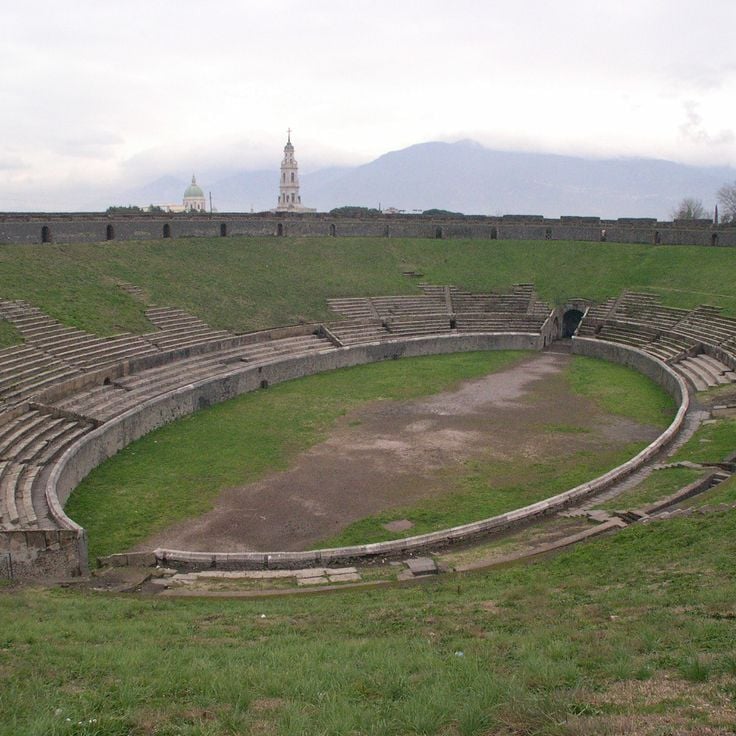
Pompeii, Italy
This Roman amphitheatre was constructed around 70 BC, making it one of the oldest surviving structures of its kind. The Grand Amphitheatre of Pompeii features three concentric levels of seating that could accommodate up to 20,000 spectators. The elliptical arena hosted gladiatorial combat and public spectacles. The structure demonstrates typical Roman construction techniques with massive external walls and internal staircases providing access to different seating sectors. Buried under ash following the eruption of Mount Vesuvius in 79 AD, the theatre was uncovered during archaeological excavations.

Orkney, Scotland
The Ring of Brodgar was constructed during the Neolithic period between 2500 and 2000 BCE. This megalithic stone circle currently consists of 27 upright stones, though originally 60 monoliths formed the complete ring. The site measures approximately 104 meters in diameter and is surrounded by a circular ditch carved into the bedrock. The stones reach heights of up to 4.7 meters. The Brodgar ring forms part of a major Neolithic ceremonial center on Orkney, together with the nearby Stones of Stenness and the Maeshowe burial mound.
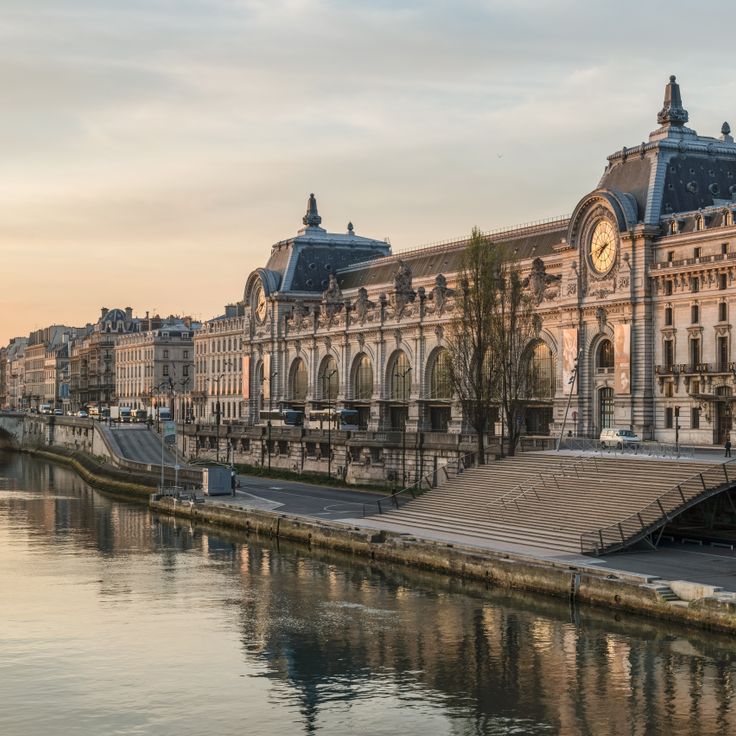
Paris, France
The Musée d'Orsay occupies a converted railway station on the left bank of the Seine. The former Gare d'Orsay was built in 1900 for the World's Fair and reopened as a museum in 1986. The collection focuses on French art from 1848 to 1914 and includes paintings, sculptures, photographs, and furniture. Works on display feature pieces by Impressionist and Post-Impressionist artists such as Monet, Renoir, Degas, Cézanne, Van Gogh, and Gauguin. The large station hall with its glass roof serves as the central exhibition space.
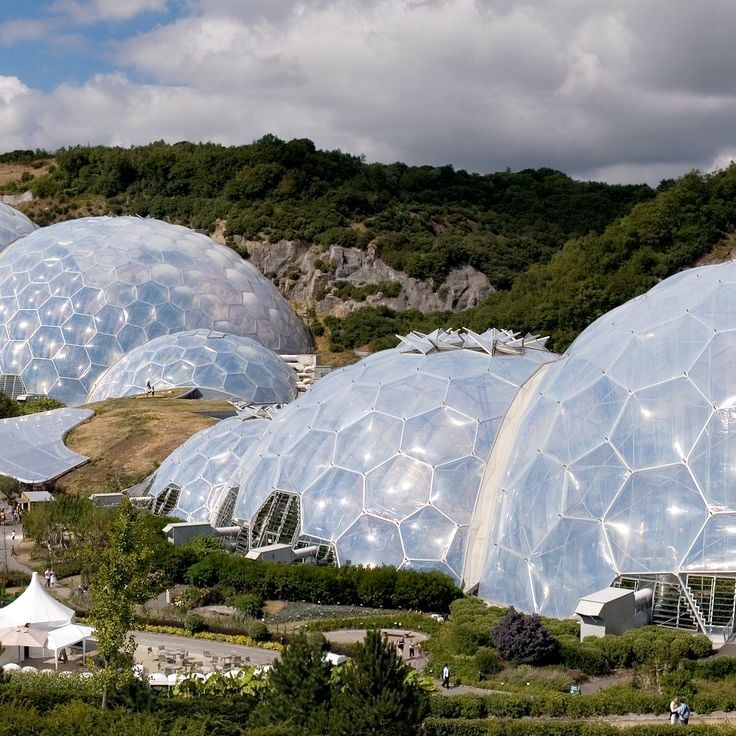
Cornwall, England
The Eden Project houses several geodesic domes that recreate different climate zones. The biomes display plant collections from tropical rainforests, Mediterranean regions, and temperate areas. The largest dome measures 110 meters in diameter and contains over a thousand plant species from various continents. The complex was constructed in a former china clay quarry and serves research and education purposes related to plant biodiversity and sustainable agriculture.
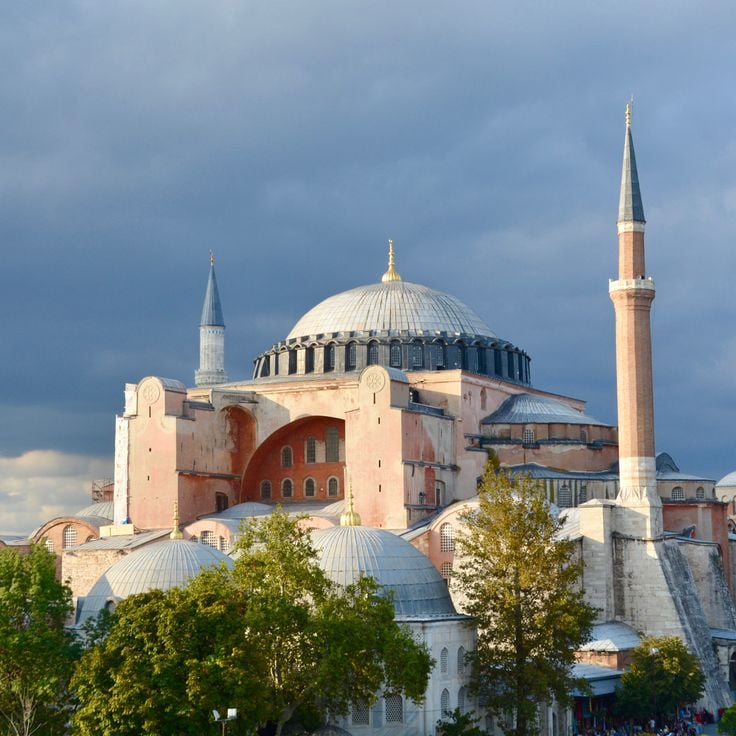
Istanbul, Turkey
Hagia Sophia was constructed in the 6th century under Emperor Justinian and served as a Byzantine cathedral for nearly a thousand years. Its central dome, measuring 31 meters in diameter, rises above a square base and is supported by half-domes and massive pillars. Following the Ottoman conquest in 1453, the building was converted into a mosque, with minarets added and Christian mosaics covered. Since 1935, this structure has operated as a museum, displaying both Byzantine and Ottoman architectural elements.
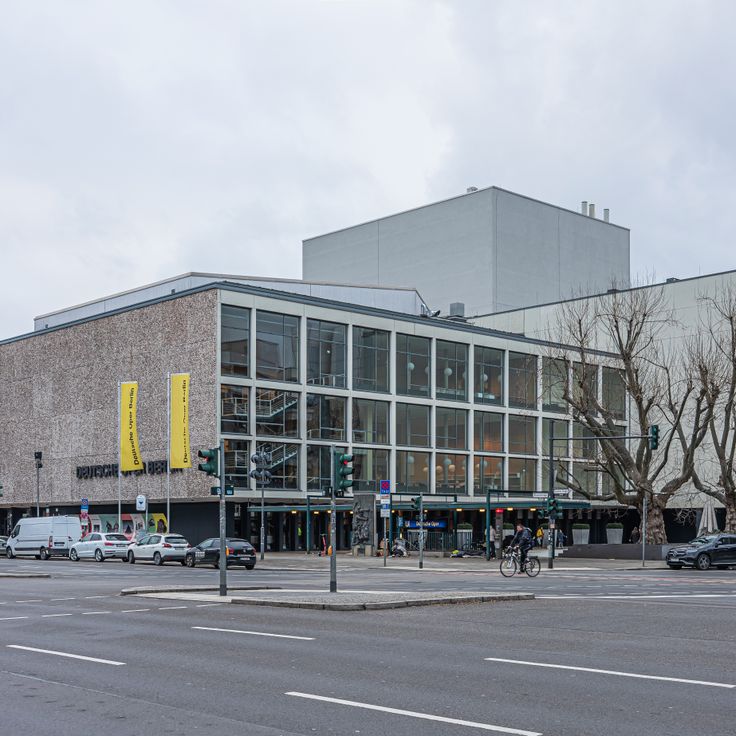
Berlin, Germany
The Deutsche Oper Berlin opened in 1961 in the Charlottenburg district and offers 1865 seats. The venue features one of the largest stages in Germany, covering over 2400 square meters. Architect Fritz Bornemann designed the building in the modernist style of the postwar period. The Deutsche Oper Berlin presents approximately 270 performances annually from its repertoire of opera, ballet, and concerts.

Verona, Italy
The Verona Arena is a Roman amphitheater built in the first century AD, originally constructed for gladiatorial contests and public spectacles. With a capacity of approximately 22,000 spectators, this elliptical structure ranks among the best-preserved ancient amphitheaters in the world. Since the early 20th century, the Arena has served as a venue for opera performances, which take place annually during the summer months and attract visitors from around the globe.
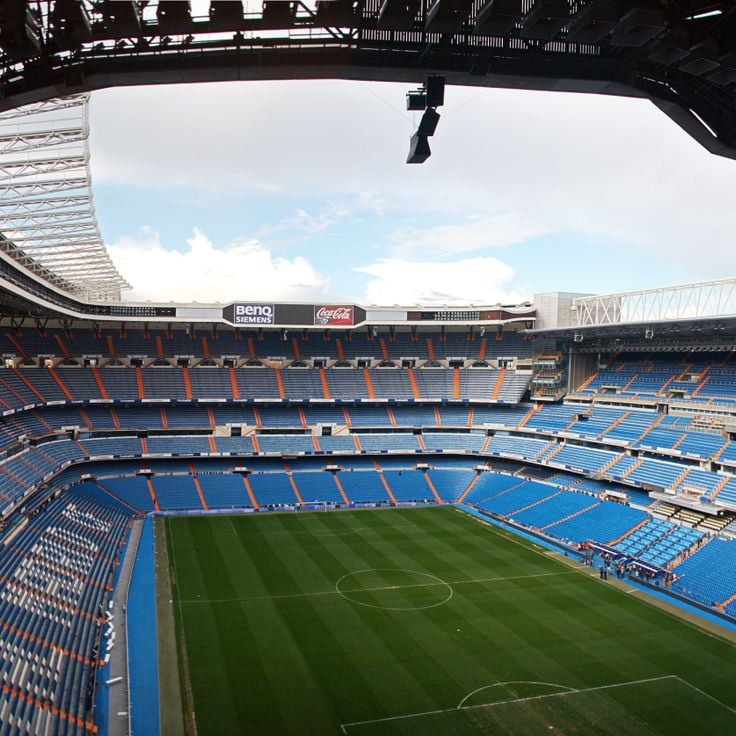
Madrid, Spain
The Santiago Bernabéu Stadium was opened in 1947 and currently holds 81,044 spectators. It serves as the home ground of Real Madrid football club and is located in the centre of the Spanish capital. The stadium was named after former club president Santiago Bernabéu Yeste, who played a key role in its construction. It features modern facilities and has undergone several renovations to meet the requirements of international competitions.
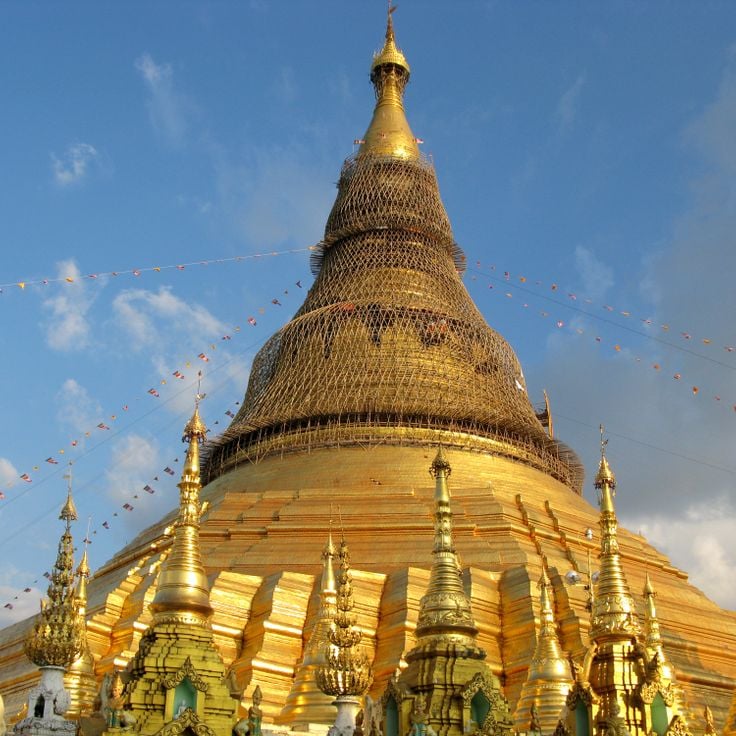
Yangon, Myanmar
The Shwedagon Pagoda rises 99 metres above Yangon and stands as Myanmar's most important Buddhist shrine. The stupa was first constructed in the 6th century and has been expanded multiple times throughout the centuries. Its surface is covered with genuine gold leaf donated by pilgrims. The pinnacle features an umbrella adorned with 5,448 diamonds and 2,317 rubies. The complex includes numerous smaller stupas, statues and prayer halls on a platform accessible by staircases.
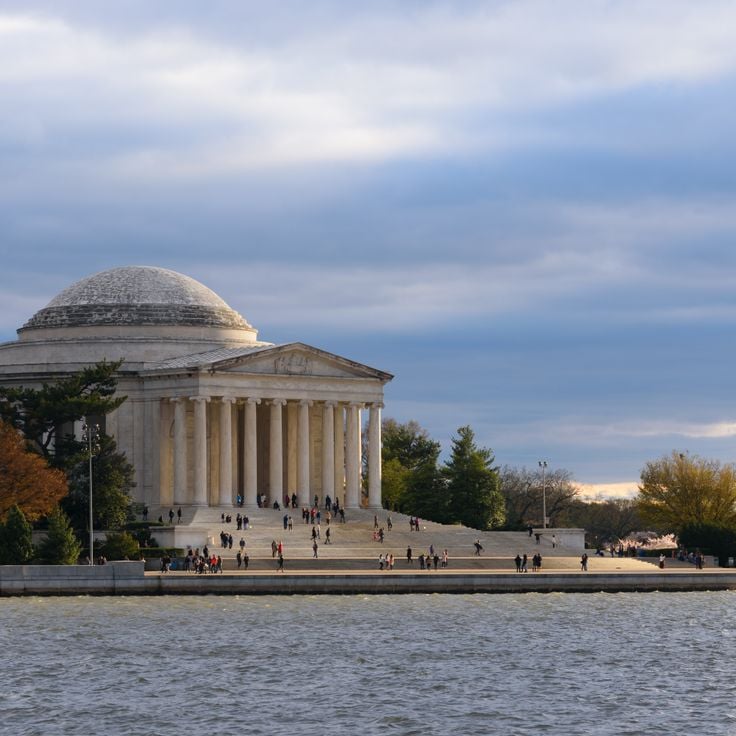
Washington D.C., United States
The Jefferson Memorial was constructed between 1939 and 1943 following designs by architect John Russell Pope. The memorial honors Thomas Jefferson, third President of the United States and principal author of the Declaration of Independence. The neoclassical circular rotunda houses a 5.8-meter bronze statue of the president, created by sculptor Rudulph Evans. Interior walls display excerpts from Jefferson's most important writings, including passages on religious freedom and education. The circular structure stands on the shore of the Tidal Basin and is supported by 26 Ionic columns.
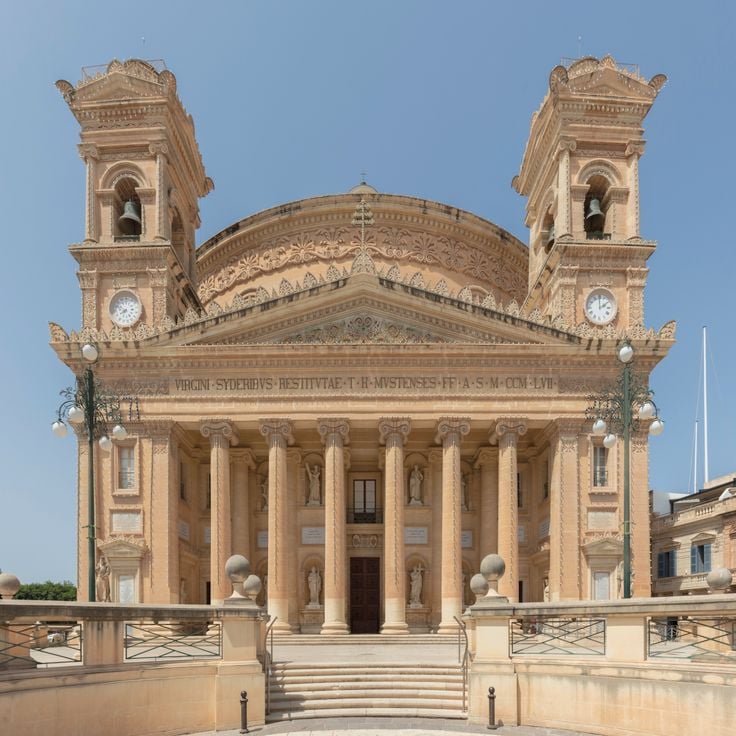
Mosta, Malta
The Rotunda of Mosta is a Roman Catholic parish church built between 1833 and 1860 in neoclassical style. Its dome measures 37 meters in diameter, ranking among the largest unsupported church domes in Europe. On April 9, 1942, a German aerial bomb pierced the dome during Mass but failed to explode. This event is considered miraculous by worshippers. The church accommodates approximately 12,000 people and serves as a landmark of Mosta.
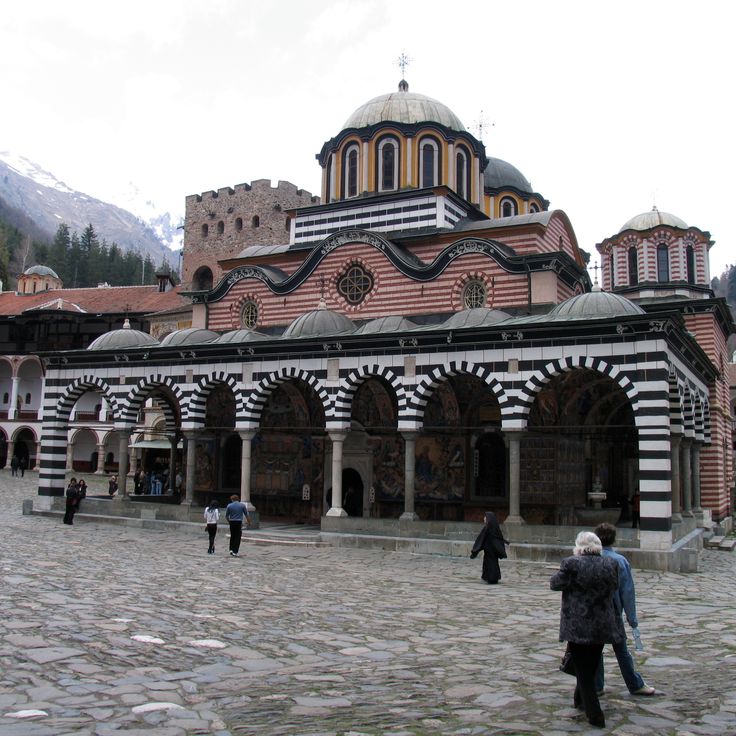
Rila, Bulgaria
The Rila Monastery was founded in the 10th century and sits in the mountains of the Rila range. The complex combines Byzantine architecture with elements of the Bulgarian Renaissance from the 19th century. Four massive defensive towers mark the corners of the rectangular compound and provide protection. The monastery church displays frescoes and icons from different periods. The monastery served for centuries as a spiritual and cultural center of Bulgaria during Ottoman rule.
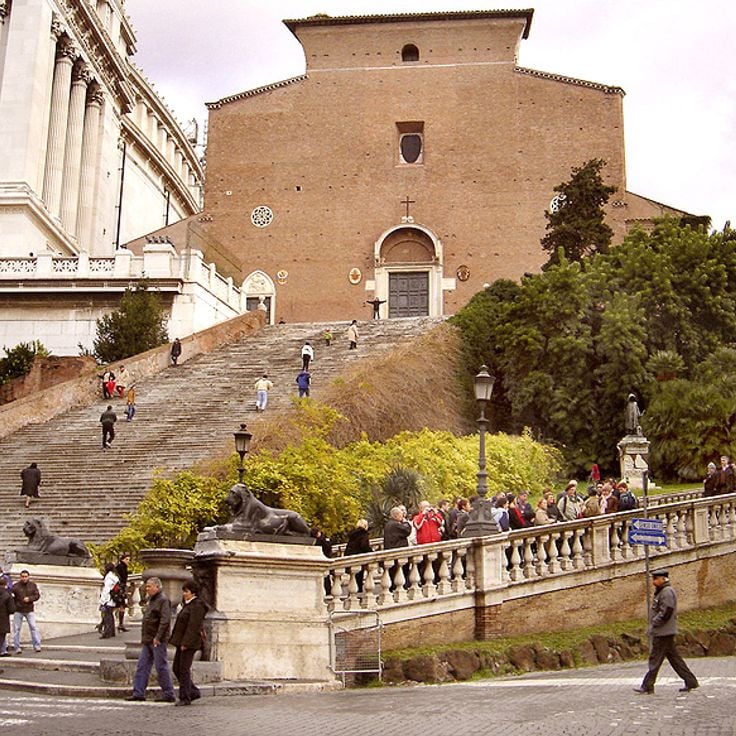
Rome, Italy
The Capitoline Hill served as the political and religious center of ancient Rome. The Piazza del Campidoglio was designed by Michelangelo in the 16th century and features an oval geometric layout with the equestrian statue of Marcus Aurelius at its center. The three palaces surrounding the square now house the Capitoline Museums. The hill was home to the Temple of Jupiter and the Temple of Juno Moneta from the 6th century BC, of which archaeological remains survive.

Rome, Italy
Castel Sant'Angelo was originally built in 139 AD as a mausoleum for Emperor Hadrian and his family. The massive cylindrical structure made of travertine and tufa stone acquired a military function during the Middle Ages and was connected to the Vatican through a fortified corridor. The popes used the castle as a refuge during sieges and as a prison. Today, the building houses a museum that documents its various historical uses throughout the centuries.
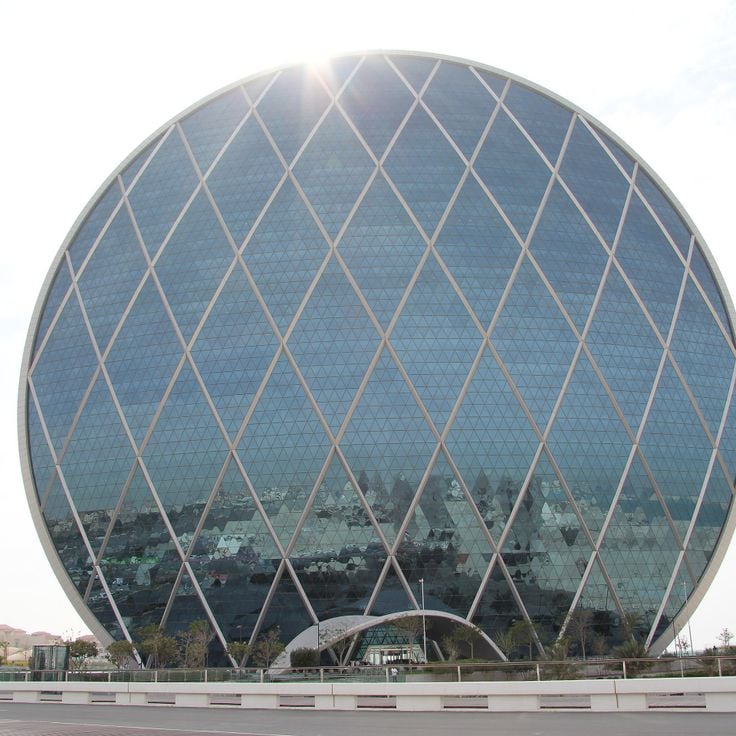
Abu Dhabi, UAE
The Aldar Headquarters was designed by MZ Architects and serves as the administrative center for the real estate company. The building features a circular structure formed by two convex glass facades. The construction consists of a steel frame with concrete cores and an exterior shell of reflective glass. The building contains office spaces, conference rooms, and technical facilities across multiple levels. The form was realized through computer-aided design methods and required specialized engineering techniques for structural stability and climate control.
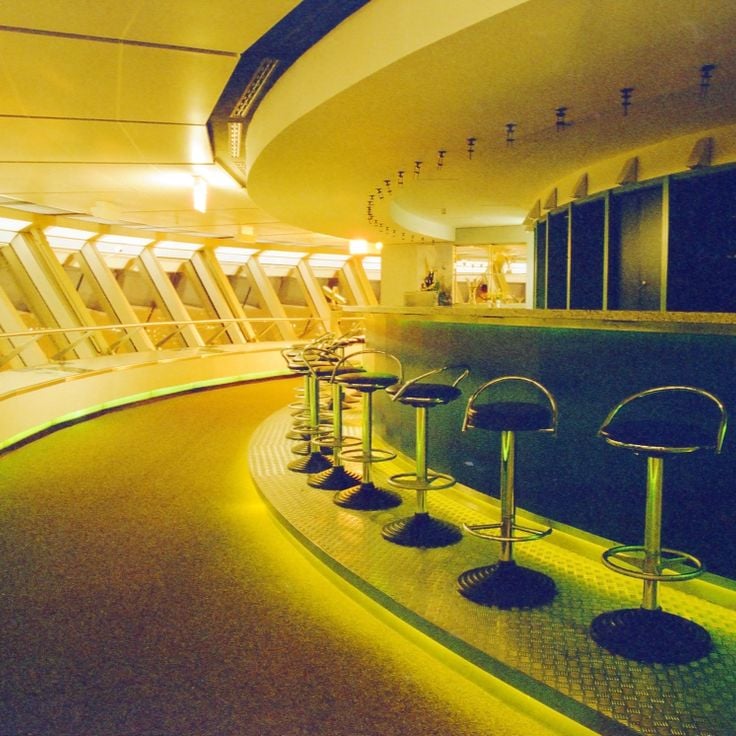
Berlin, Germany
The Berlin Television Tower rises to 368 meters and features an observation platform at 203 meters along with the revolving Sphere restaurant. The tower sphere measures 32 meters in diameter and houses multiple levels for visitors. Inaugurated in 1969, the tower has two elevators that transport guests to the viewing level in 40 seconds. The restaurant completes a full rotation every 30 to 60 minutes, providing a 360-degree view of the German capital. The tower continues to serve its original function as a broadcast facility for radio and television programs.
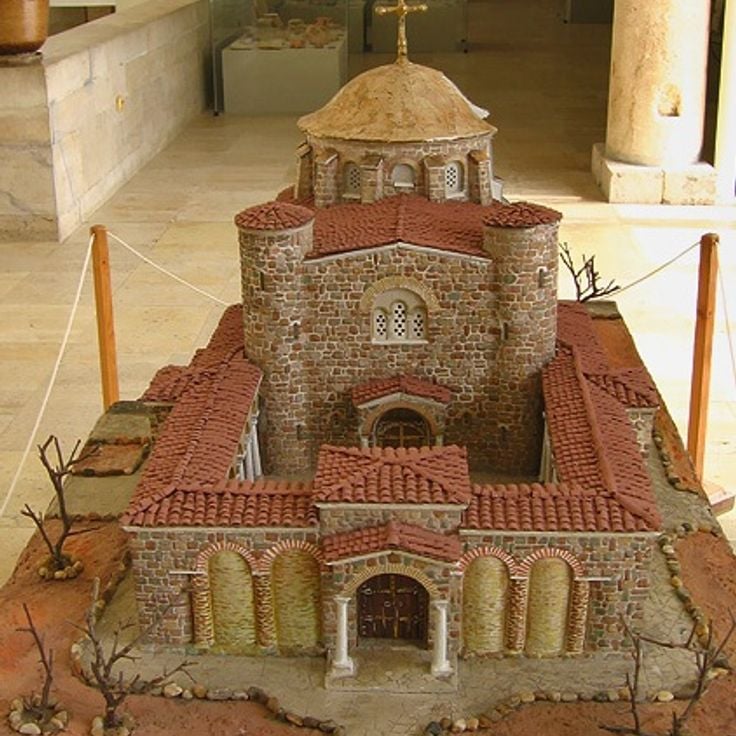
Preslav, Bulgaria
The Round Church of Preslav was constructed in the 10th century during the reign of Bulgarian Tsar Simeon I. This religious structure features a circular floor plan and represents an important example of medieval Bulgarian architecture. The church contains fragments of wall paintings and mosaics that provide insights into the artistic traditions of the First Bulgarian Empire. The archaeological remains document the liturgical function and decorative treatment of religious buildings from this period.

Pisa, Italy
This white marble bell tower rises 56 meters high and leans 3.9 degrees to the south. Construction began in the 12th century as the freestanding campanile of Pisa Cathedral. The characteristic tilt developed during construction due to soft ground composed of clay, sand, and shells. The tower features eight stories with six levels of arcades and a bell chamber at the top. The Romanesque architecture displays 207 columns decorating the various levels.
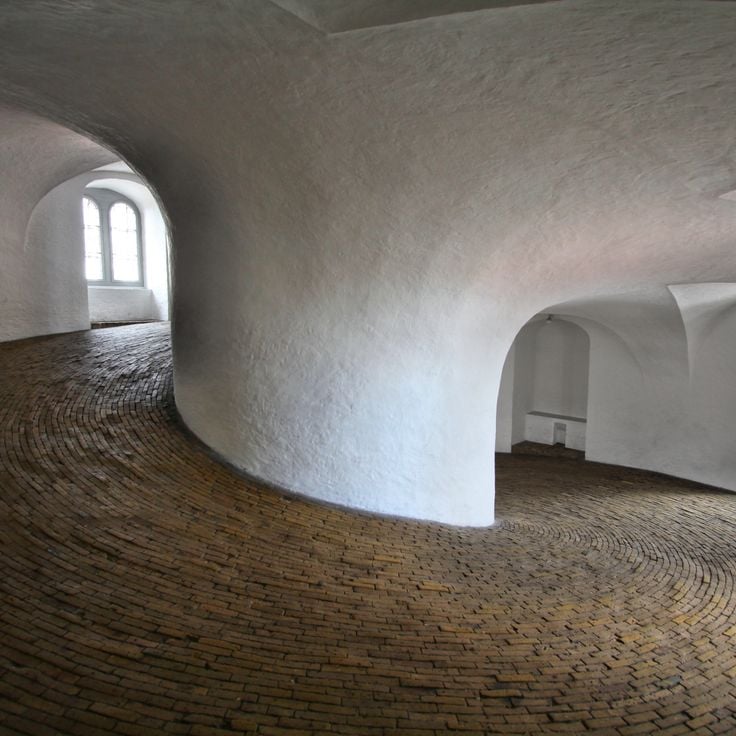
Copenhagen, Denmark
The Round Tower was constructed in 1642 as an astronomical observatory and is distinguished by its characteristic spiral ramp that extends 209 meters without any stairs, reaching the top. This design allowed instruments and horse-drawn carriages to be transported to the upper level. Today, the platform at 36 meters height still houses a functioning telescope used for public observations. The structure originally served the University of Copenhagen for astronomical research and ranks among the oldest operational observatories in Europe.
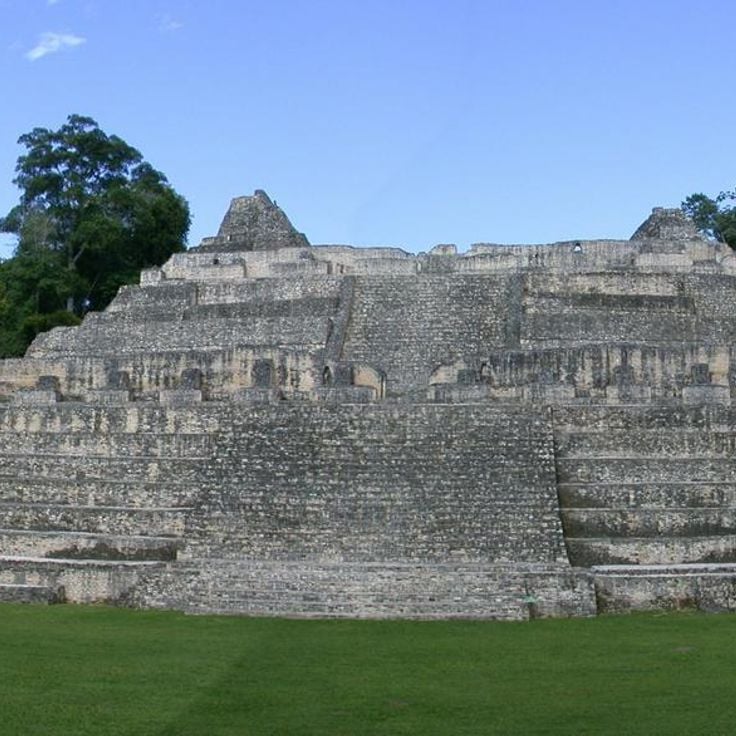
Yucatán, Mexico
El Caracol is a 7th-century astronomical observatory located in the Maya city of Chichén Itzá. The building takes its name from the spiral staircase inside, which resembles a snail shell. Maya astronomers used the windows and openings in the circular dome to track the movements of Venus, the sun, and other celestial bodies. The structure's alignment allowed for precise observations during equinoxes and solstices. El Caracol demonstrates the advanced astronomical knowledge of the Maya civilization and their ability to calculate complex calendars and celestial cycles.

Oxford, England
The Radcliffe Camera was built between 1737 and 1749 to designs by architect James Gibbs and has served as a reading room for the Bodleian Library since its opening. This circular building in Palladian style features a stone facade of Headington sandstone, articulated by pairs of Corinthian columns. The lead-covered dome rises above a tall drum with round-arched windows. The ground floor contains barrel-vaulted spaces, while the main reading room occupies the first floor beneath the dome. The library currently houses collections primarily focused on history and English literature.
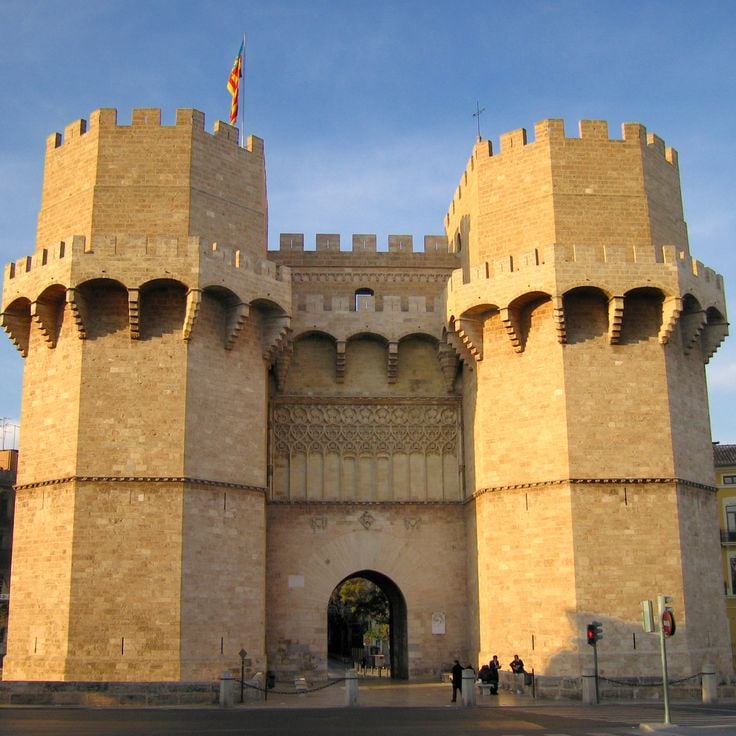
Valencia, Spain
The Torres de Serranos were built in the 14th century as the northern gate of Valencia's medieval city walls. These fortification towers consist of two polygonal towers connected by a central arch. The towers served not only for defense but also as a prison and later as a storage facility for artworks during the Spanish Civil War. Today, visitors can climb the towers and enjoy views over the old town and Turia Park from the upper terrace.
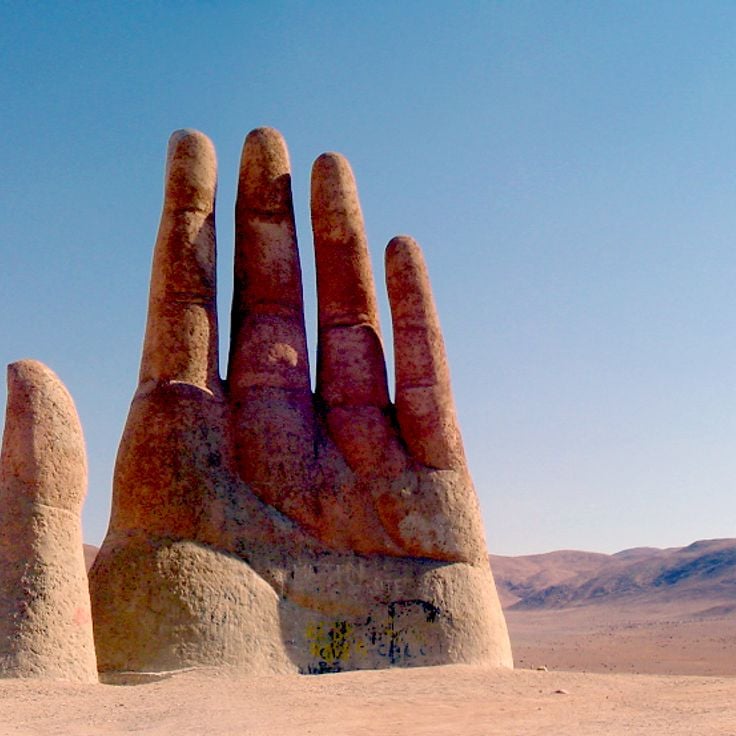
Antofagasta, Chile
The Main du Désert is an 11-meter tall concrete sculpture by Chilean artist Mario Irarrázabal, erected in 1992 in the heart of the Atacama Desert. The monumental hand rises from the sand approximately 75 kilometers south of Antofagasta along the Pan-American Highway. Irarrázabal created this work for a sculpture symposium organized by Corporación Pro Antofagasta. The five fingers emerge from the barren desert floor, forming a contrast with the endless expanse of the landscape. The sculpture was conceived as a symbol of human vulnerability and solitude in the extreme environment.
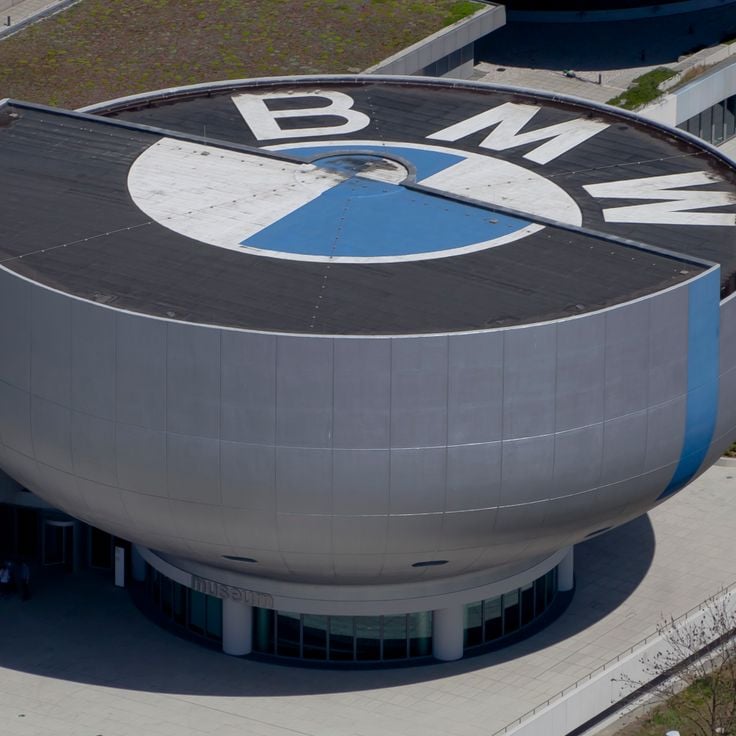
Munich, Germany
The BMW Museum presents the history of the Bavarian automobile manufacturer in its cylindrical building. The exhibition displays vehicles from different eras, technical developments, and engines that document the evolution of the brand. The museum is located next to the Olympic Park and BMW headquarters.